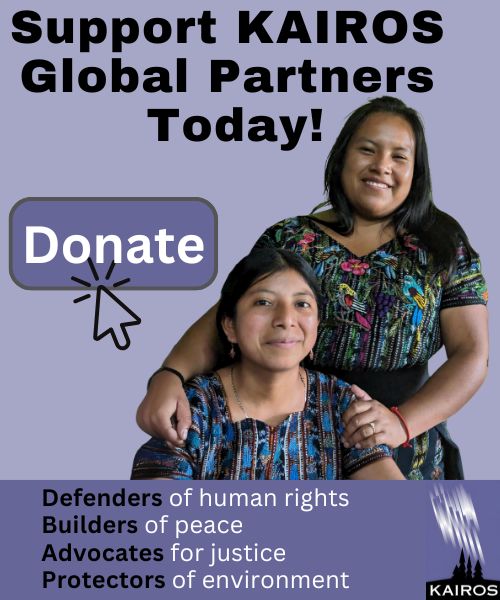The origins of the Métis Nation

When we speak about Indigenous peoples on Turtle Island, it’s essential to understand that Indigenous identity is diverse and multifaceted. Among the First Nations, Inuit and Métis, each has their own cultures, histories and experiences. This week, as part of Indigenous History Month, we honour the Métis—known for their deep roots in resistance, community and cultural richness.
The Métis people emerged in the late 1700s in the Red River region (what is now southern Manitoba) through the unions between First Nations women—primarily Cree, Anishinaabe (Ojibwe) and Saulteaux—and European fur traders, primarily French and Scottish. These unions were not just about family but also about survival, trade alliances, and the creation of something entirely new.
Over generations, these families formed distinct communities with their own language (Michif), cultural practices and political identity—eventually becoming what we now recognize as the Métis Nation. These communities were not merely mixed ancestry individuals; they were, and are, a distinct people with their own shared sense of nationhood, kinship and worldview.
Despite generations of systemic displacement and denial, the Métis people have held onto their identity with resilience and pride. Their story is not one of disappearance, but of endurance—rooted in kinship, connection to land and an unbreakable cultural spirit. This Indigenous History Month, we honour the past, celebrate the present and look ahead to a future shaped by Métis voices, leadership and resurgence.



